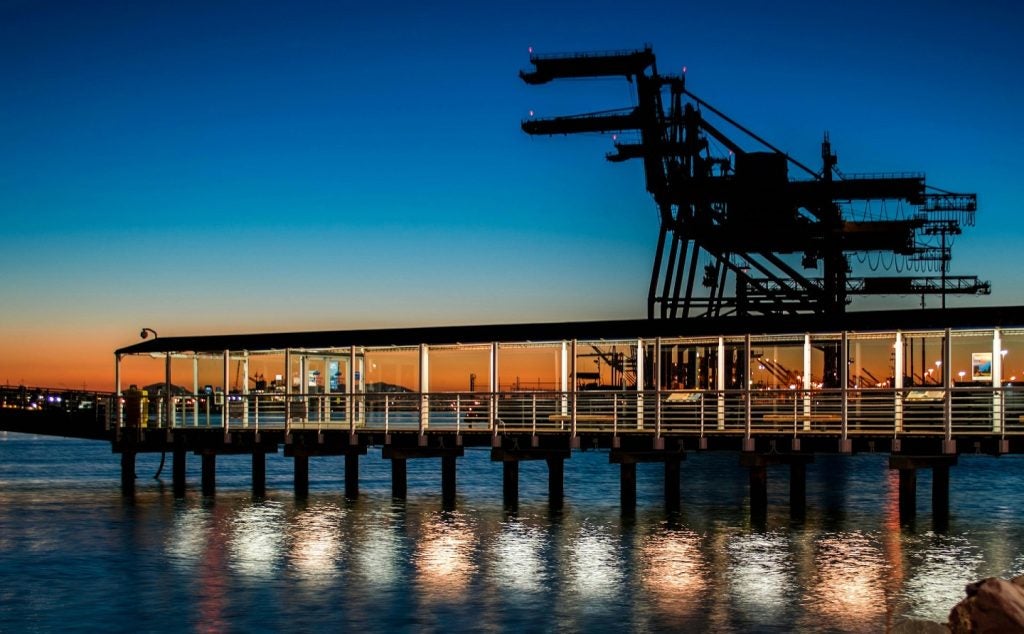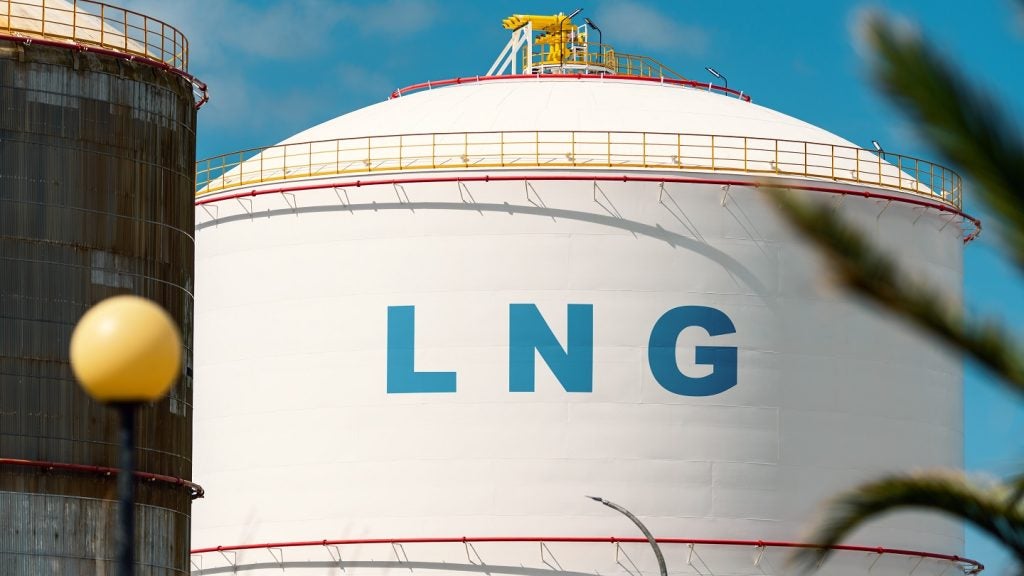Offshore building oil rigs, wind farms and other offshore structures: Introduction
In the global world of offshore construction, the task of building an offshore oil rig or wind farm is a colossal undertaking.
This is a process and project that demands meticulous planning, robust engineering, and a deep understanding of maritime operations.
Our expert buyer’s guide has been written to provide a valuable resource for businesses and professionals involved in the offshore industry.
These include oil and gas companies, renewable energy providers, engineering firms, and maritime contractors, among others.
Key considerations for offshore construction projects
When starting out on a project that includes building an offshore oil rig or wind farm, there are several critical factors that companies must consider.
See Also:
Both individually and combined, these considerations are likely to ensure the success and longevity of these important structures.
Location and Environment
The geographic location of the project dictates many aspects of construction.
Elements such as the type of foundation required for the logistics of transporting materials and personnel are all to be carefully researched and analysed.
Environmental factors such as wave height, wind speed, and seismic activity must also be taken into account to design structures that can withstand the harsh conditions at sea.
Regulatory Compliance
Offshore construction is heavily regulated, in part, to protect the environment and ensure the safety of workers.
Companies and buyers will have to navigate a complex web of international and local regulations.
Within this process, it is essential to obtain all the necessary permits and adhere to industry standards throughout the entire construction process.
Technological Capabilities
The offshore industry is continually evolving.
Many of the emerging new technologies are designed to enhance the efficiency and safety of construction operations.
Buyers must stay up to date with the latest advancements to remain competitive and deliver state-of-the-art facilities.
Cost Management
Building offshore structures is a capital-intensive process.
Effective cost management strategies are essential to keep projects within budget while maintaining high-quality standards.
Industry-leading systems and solutions for offshore construction
To address the multifaceted challenges of offshore construction, companies utilise a range of systems and solutions.
Some of the current industry-leading solutions include, but are not limited to:
- Dynamic positioning systems for precise vessel manoeuvring
- Advanced drilling equipment for deepwater exploration
- Subsea robots and remotely operated vehicles (ROVs) for underwater construction
- Heavy-lift cranes for installing large components
- Satellite communication systems for remote operations
- Anti-corrosion coatings to protect against harsh marine environments
- Helidecks and emergency evacuation systems for worker safety
- Renewable energy sources, such as solar panels, to power offshore facilities
- Automated monitoring systems for real-time data collection
- Ballast water treatment systems to prevent environmental contamination
Latest technological advancements in offshore construction
The offshore industry is at the forefront of technological innovation.
Many of the more recent advancements are revolutionising the way we build and operate at sea.
These include, but are not limited to:
- Digital Twin Technology: The use of digital twins – virtual replicas of physical assets – allows for detailed planning, simulation, and remote monitoring of offshore structures, leading to improved performance and reduced downtime.
- Robotics and Automation: Robotics and automation are increasingly being deployed for tasks such as welding, inspection, and maintenance, enhancing safety by reducing human exposure to hazardous conditions.
- Wind Turbine Innovations: The development of larger and more efficient offshore wind turbines is driving the growth of renewable energy, with floating wind farms opening up new possibilities for harnessing wind power in deepwater locations.
- Enhanced Safety Systems: Cutting-edge safety systems, including advanced fire suppression and evacuation technologies, are being implemented to protect workers and the environment in the event of an emergency.
Who benefits from our buyer’s guide
Our professionally written buyers guide is invaluable for a wide range of stakeholders in the offshore construction industry.
Some of those to whom it is of particular value include:
- Oil and gas companies looking to expand their offshore operations
- Renewable energy firms investing in offshore wind farms
- Engineering and construction companies specialising in maritime projects
- Maritime service providers offering support for offshore facilities
- Investors and financial institutions funding offshore developments
- Policymakers and regulators overseeing the offshore industry
Offshore building: Oil rigs, wind farms and other structures: Our conslusion
In conclusion, building an offshore oil rig or wind farm is a complex and demanding process that requires careful consideration of numerous factors.
By leveraging the latest technologies and adhering to stringent regulatory standards, companies can successfully navigate the challenges of offshore construction and contribute to the world’s energy and infrastructure needs.





